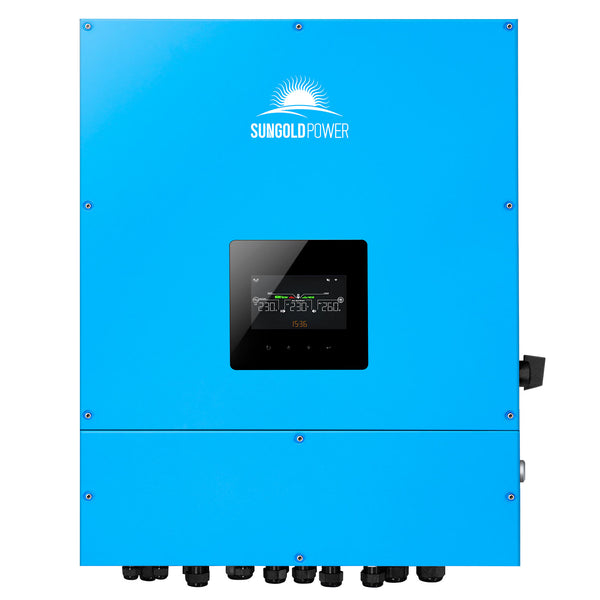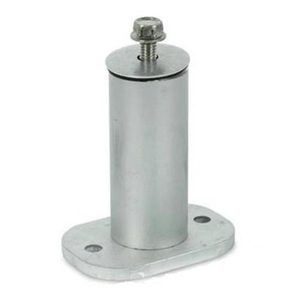Hedges
I See Electromagnetic Fields!
- Joined
- Mar 28, 2020
- Messages
- 20,685
previous LG powerwalls (RESU-H) were recalled for fires.
This one appears to also be a lithium-ion that is not LiFePO4.
I would avoid it.
Whoops, they did it again!

previous LG powerwalls (RESU-H) were recalled for fires.
This one appears to also be a lithium-ion that is not LiFePO4.
I would avoid it.


Which inverter do I need for this?If you needed a decent battery to AC couple with a hybrid in your budget ($3k or so right?) you could get the 48v Rhino from BatteryEvo on Black Friday sale. I'm not sure why it's so cheap but they're doing a RHINO70 coupon that knocks it down to about two and a half grand for 14.something kWh. Put that on one of the aforementioned hybrids and you should be good to go. That's enough kWh to get you through a night and hope the sun's up the next day.
Basically, yes.Good info about batteryless. My solar is around 11kw system. So I would need 11kw inverter?
This is a standard part of AC coupling and doesn't change the 1:1 requirement.How about an AC coupled inverter with frequency shifting? That way I can easily add more batteries down the line and solar would work when needed.
Is there an inverter that can be AC coupled that does frequency shifting, so that it turns off the panels when the load is lower than the panel output?
Is it possible to remove the microinverters from the solar panels and just use the raw DC power off the panels themselves?
What if you pulled the micro inverters from just a small subset of panels (maybe 2kw) and ran to a small inverter to build this back up system?Can't do that, would cost too much
That's not a rebranded Victon it's a counterfeit clone.Victron MPP Bluewave etc have a rebranded all in one inverter that is supposed to be AC coupled compatible. They're around $1500 on sale. I have to find the 10kw one. It's not as easy to find as the 6kw one.
I agree that one probably doesn't do frequency shift/AC coupling, but it only supports 30 amps of AC charging. So even if it did the support fro AC coupling it couldn't handle your 11kW array.Another option would be the batteryevo Walrus, 13kw battery all in one for about $4000 on sale, but I don't think this can be AC coupled. I don't even know how I could get this working in general. How would I even charge it? I would save on installation though if I just use it like a generator back up.
Any thoughts?
Good point. I have around 5kw of panels right now. The inverter MPPT is very flexible, with voltage from 125-550 each x2, so gives me options. I also got 2 sun trackers, but then realized afterwards that it's not realistic to put them on the roof. And my yard is heavily shaded, so I don't know what to do with them now. It's crazy how mounting is more expensive than the panels themselves. Someone should really come up with a cheaper wayTwo orientations, and 12kW of panels will peak at 7500W but for more hours.
But you have to dig into exact voltage and current specs of each MPPT to see what you can do.
Some panels fit the inverters I'm planning to use better than others.




